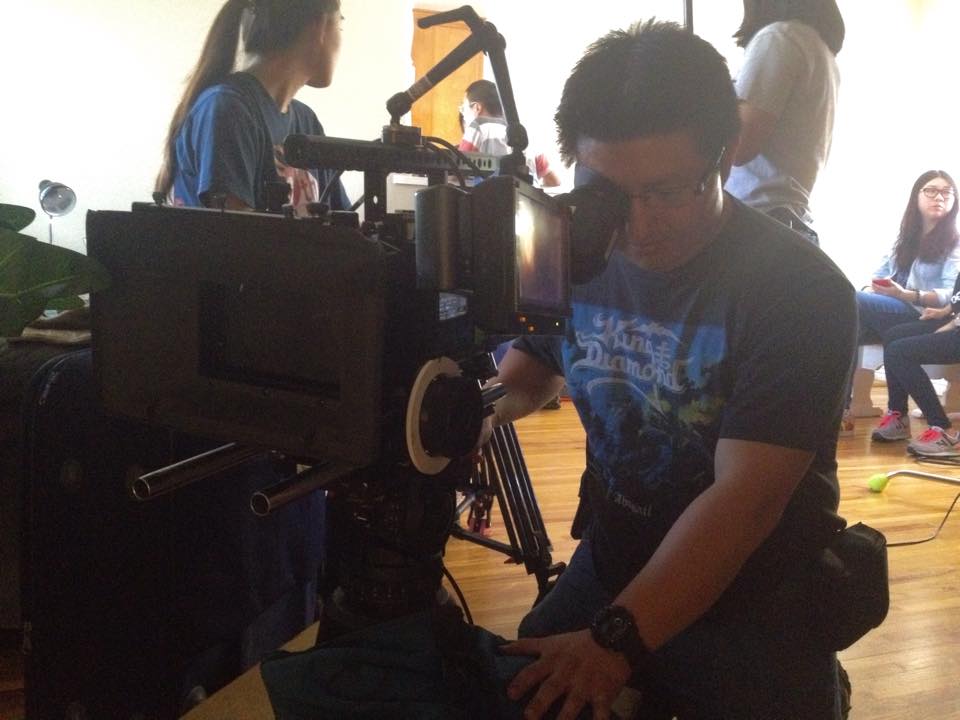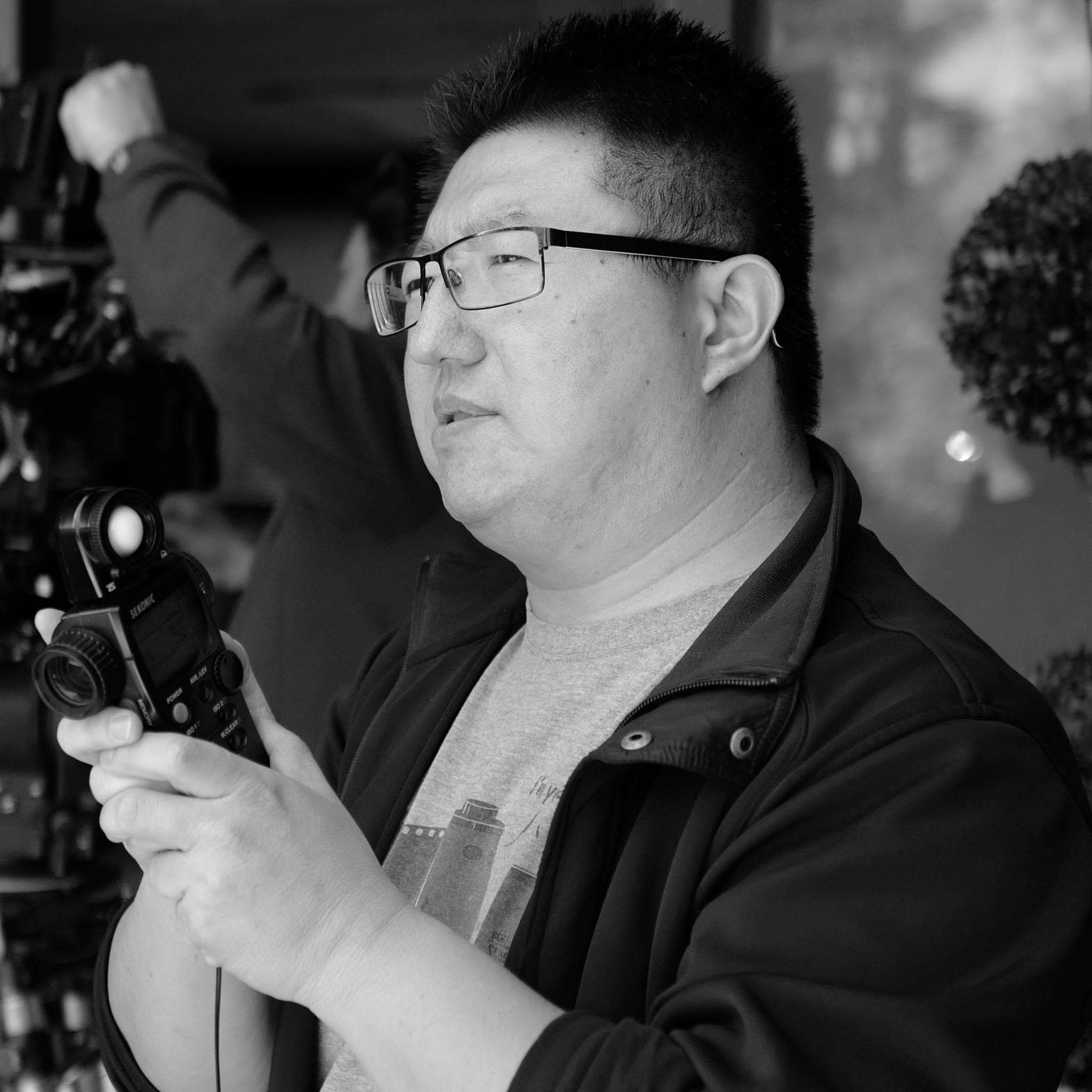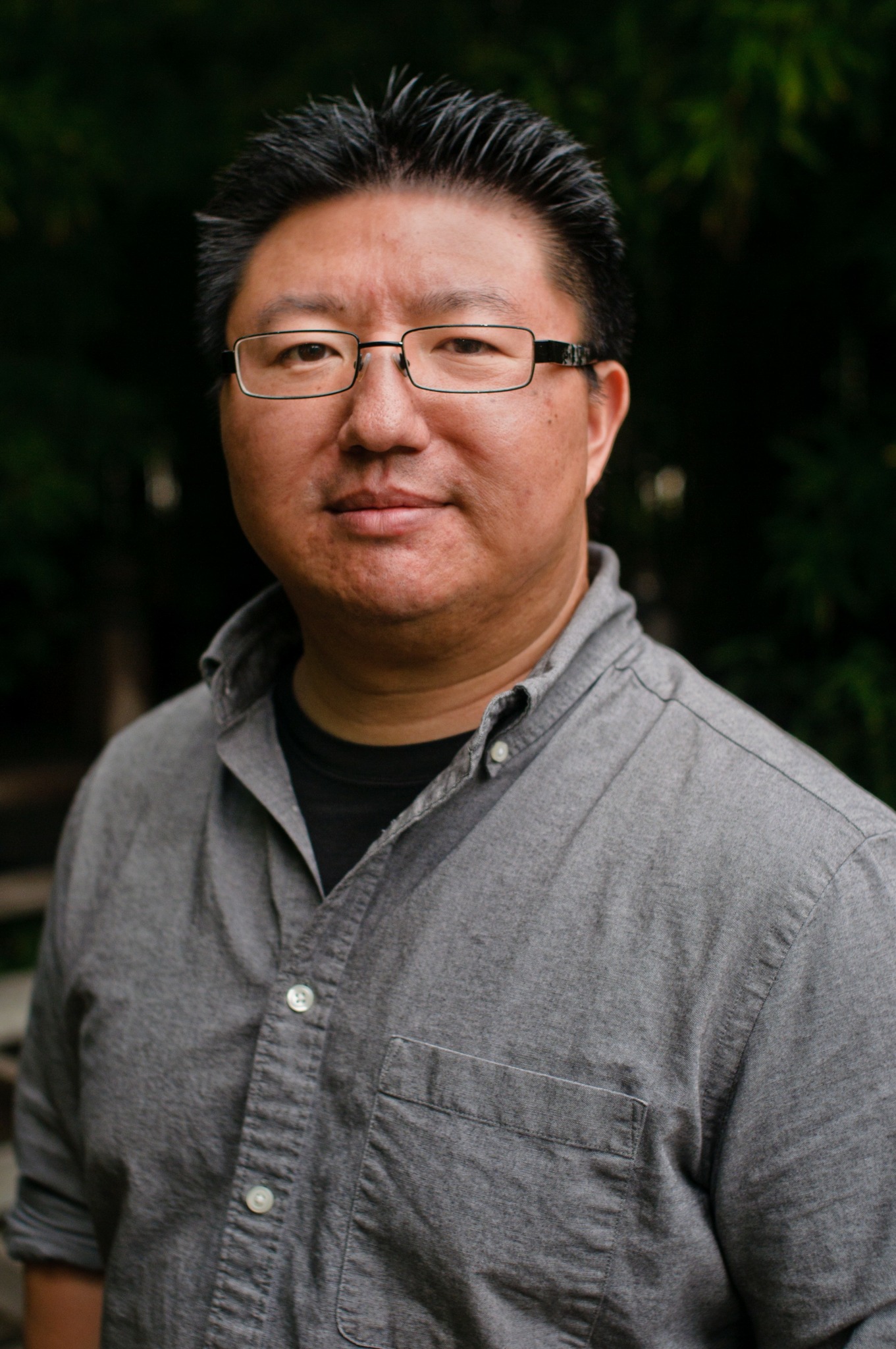We’re excited to introduce you to the always interesting and insightful Stephen Ho. We hope you’ll enjoy our conversation with Stephen below.
Stephen, looking forward to hearing all of your stories today. We’d love to hear you experience with and lessons learned from recruiting and team building.
Every show has different needs but the methodology for finding crew members is the same: the crew members you’d like to have on set are passionate, incredibly talented, and collaborative people who are also nice, easygoing people. Having nice and easygoing people goes a long way to having a smooth set because there are no egos involved and you want people who you get along with because you might be seeing them everyday for the next month or two.
Typically, crew members will be from a list of people I have already worked with in the past so they have already been vetted. Other times they will come from referrals from other colleagues or from people on the list. Referrals are usually people the referrers know are talented and will get the job done while also being people who would fit with the personality and dynamic of the crew.
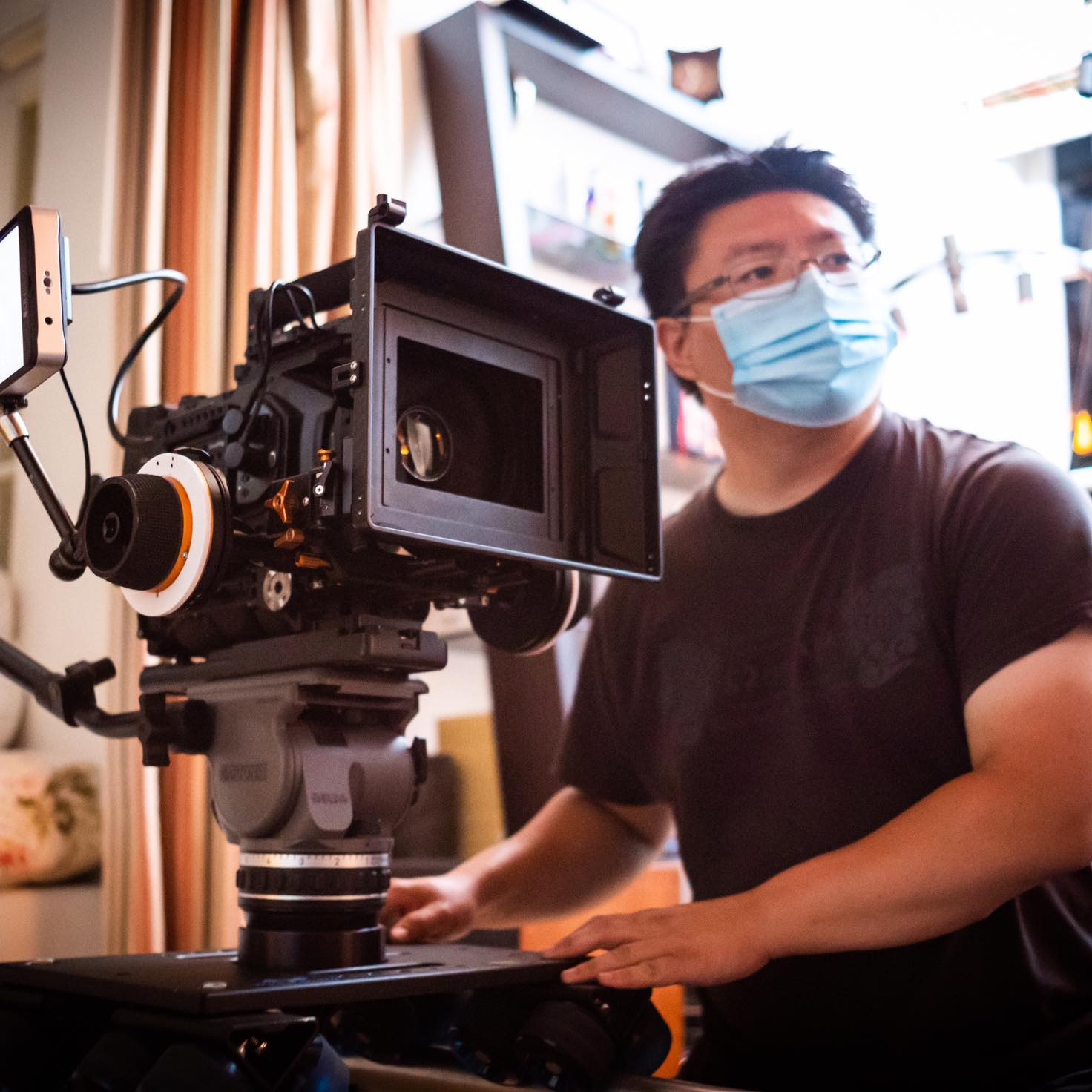
Stephen, before we move on to more of these sorts of questions, can you take some time to bring our readers up to speed on you and what you do?
I started in the entertainment industry as stage technician for the UC Davis Mondavi Center for the Performing Arts and Cal Performances at UC Berkeley, where I learned how to be a rigging electrician for stage shows. After doing that for a time, I decided to go to film school at Chapman University in Orange, CA to earn a Masters of Fine Arts in cinematography. There, I was mentored by some of the best in the industry such as Bill Dill ASC, Johnny Jensen ASC, Fred Goodich ASC, and Jurg Walther.
After graduating, I moved to Los Angeles and worked as a set lighting technician and camera operator on film sets. Occasionally I’ll meet talented up and coming directors and we get together and make movies, commercials, or documentaries. Directors hire me to shoot for them because I have a particular aesthetic they’re drawn to, and I’m someone they can get along and be friends with.
In terms of aesthetic, I think what sets me apart from other cinematographers here is that I don’t follow popular trends in cinematography. I let the story dictate the needs of the visual storytelling and not the other way around, which is what some cinematographers do. It’s putting the cart before the horse, so to speak. You have to let the visual storytelling meld seamlessly with the film or else it sticks out like a sore thumb.
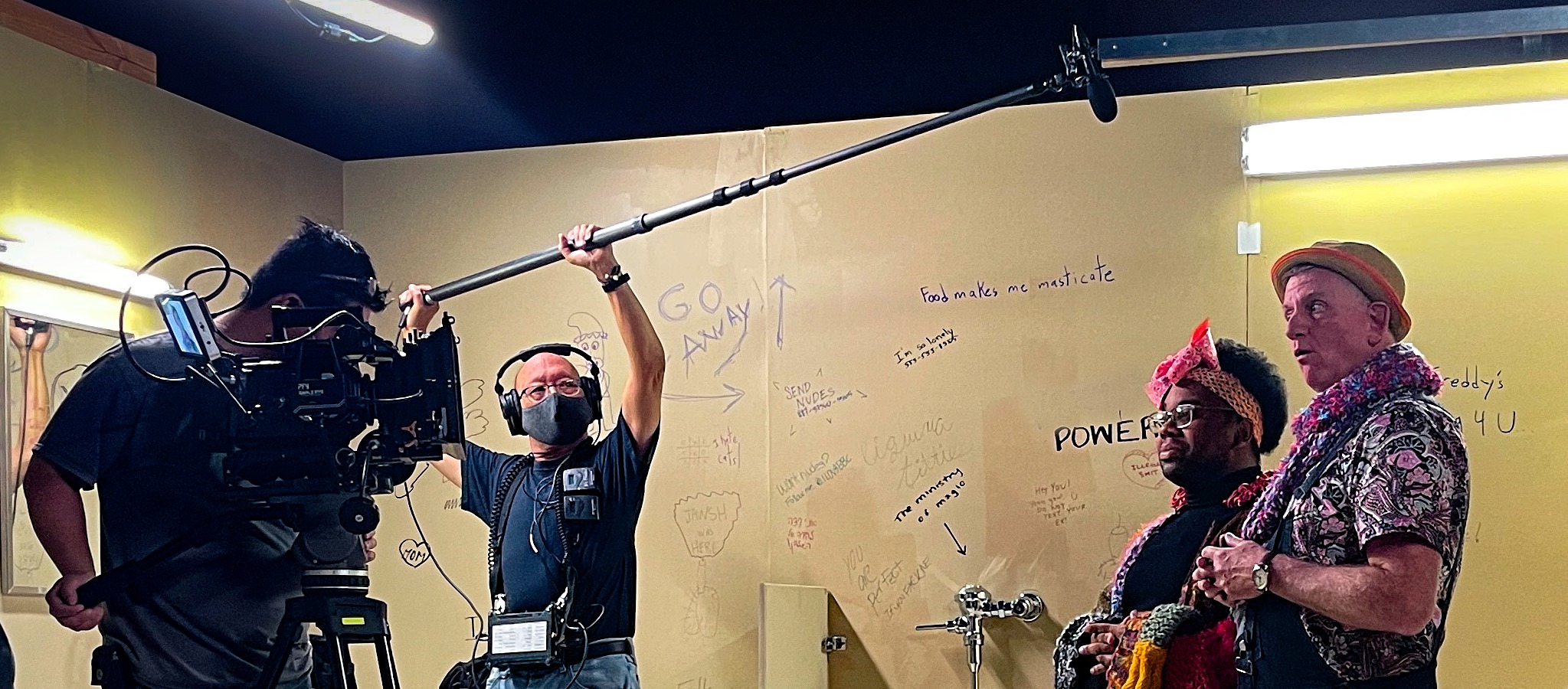
What’s the most rewarding aspect of being a creative in your experience?
The most rewarding aspect of being an artist is being in a community where you collaborate with other artists create things the audience will watch and hopefully enjoy or think about. There’s nothing like being on set and working together and seeing the work come alive in front of you.
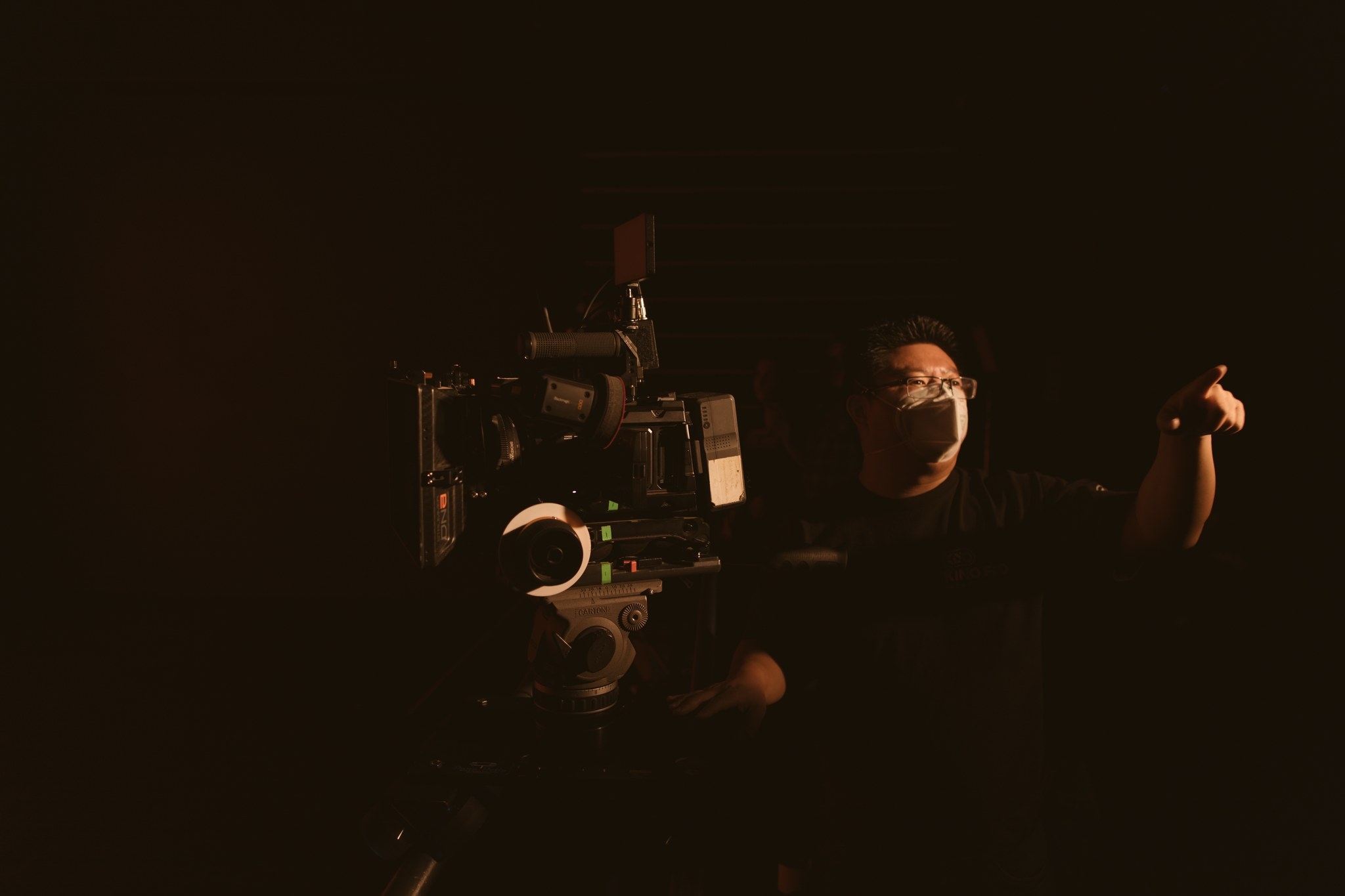
Learning and unlearning are both critical parts of growth – can you share a story of a time when you had to unlearn a lesson?
Not necessarily a lesson I had to unlearn but I had to unlearn negativity. In this business, it’s easy to become jaded and cynical and complain about everything and everyone, but that doesn’t help you or the people you’re around. It just makes you look like someone no one wants to work with and I’m thankful to be in this industry and lucky to know the people I work and collaborate with. Negativity just brings bad vibes to set and it affects everyone and everything around you and that’s not good for anyone.
Contact Info:
- Website: http://www.stephenhodp.com
- Instagram: https://www.instagram.com/streichfettcine/
- Other: IMDB: https://www.imdb.com/name/nm3406989/

